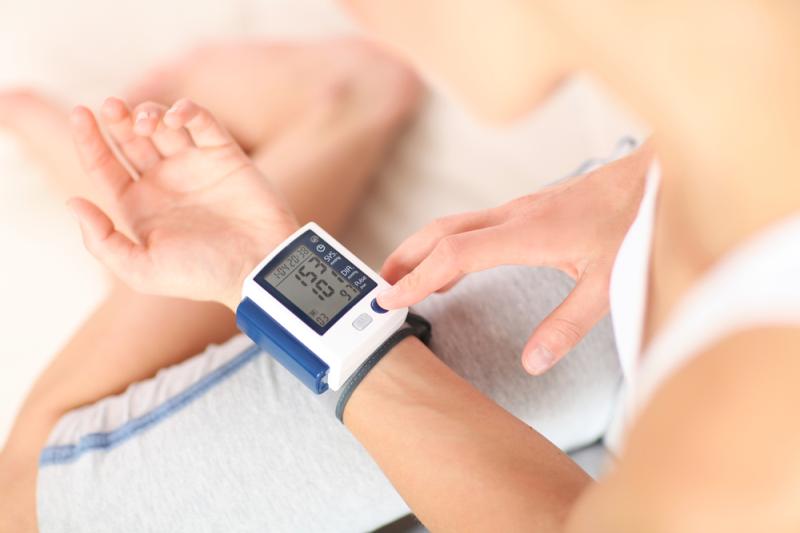
Variations in systolic blood pressure (SBP) in the first 24 hours after admission appear to be linked to outcomes in patients with acute spontaneous subarachnoid haemorrhage (SAH), a recent study has found.
The study included 303 SAH patients (mean age, 57.04±12.53 years; 51.16 percent female) whose BP values were recorded upon admission and every 2 hours thereafter for the first 24 hours. BP variation was defined as the standard deviation (SD) of measurements, the difference between the maximum and minimum values (delta), the coefficient of variation (CV), and the successive variation (SV).
Majority (59.08 percent) of the study sample had favourable outcomes, as determined by the Glasgow Outcome Scale (GOS), earning scores from 4–5. The remaining 40.92 percent scored between 1–3 and were identified to have unfavourable outcomes.
Multivariable logistic regression analysis found that the topmost tertiles of all four SBP variation parameters were significantly predictive of outcome: delta (odds ratio [OR], 4.4, 95 percent confidence intervals [CI], 1.6–11.9; p<0.001), SD (OR, 13.9, 95 percent CI, 4.8–40.8; p<0.001), CV (OR, 16.4, 95 percent CI, 5.6–48.4; p<0.001) and SV (OR, 15.8, 95 percent CI, 5.3–46.9; p<0.001).
The same was true for SBP variation values in the second tertile, though with generally lower magnitudes of effect.
Moreover, maximum (OR, 10.2, 95 percent CI, 2.6–40.4; p=0.001) and mean (OR, 2.8, 95 percent CI, 1.1–6.9; p=0.024) SBP values emerged as significant predictors of the GOS outcome.